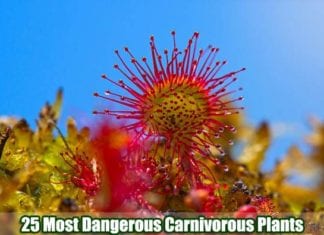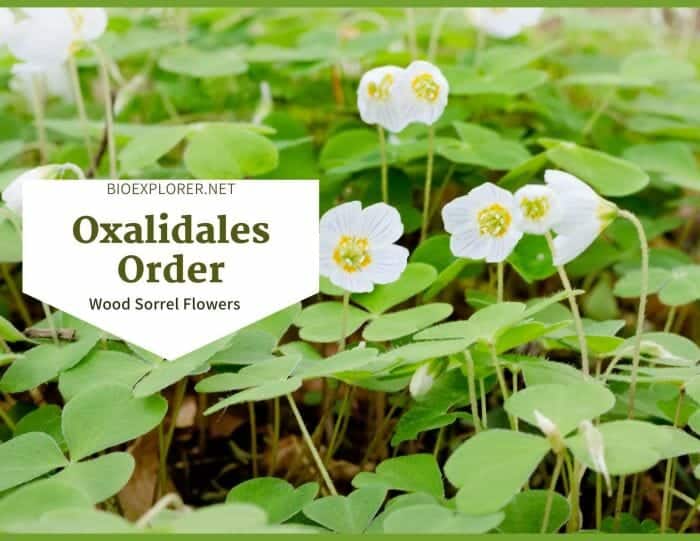
Oxalidales (Wood sorrel) order of flowering plants is annuals, perennial herbs, lianas, shrubs, and trees distributed in temperate and tropical regions. Oxalidales plants have compound leaves, actinomorphic and bisexual flowers, usually 4-5 sepals and petals.
Most species have superior ovary and arillate seeds. The Chilean lantern tree, the Albany pitcher plant, and the tree sorrel are some species under the Oxalidales order.
Table of Contents
Oxalidales Families
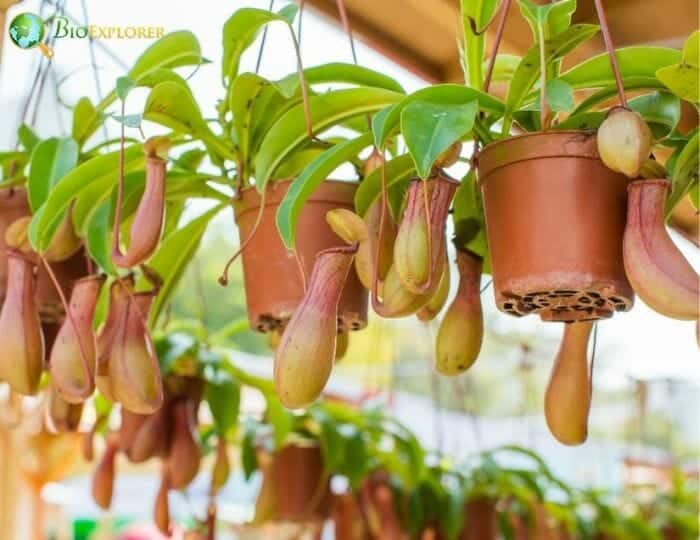
Oxalidales are placed under the rosid subgroup of eudicots. It consists of 7 families, 60 genera, and 1,845 species[1]. The families are:
- Brunelliaceae (West Indian sumac family).
- Cephalotaceae (Albany pitcher plant family).
- Connaraceae (Indian zebrawood family).
- Cunoniaceae (Butterspoon tree family).
- Elaeocarpaceae (Chilean lantern tree family).
- Huaceae (Bush onion family).
- Oxalidaceae (Wood sorrel family).

Oxalidales Distribution
The species under Oxalidales are distributed in temperate and tropical regions.
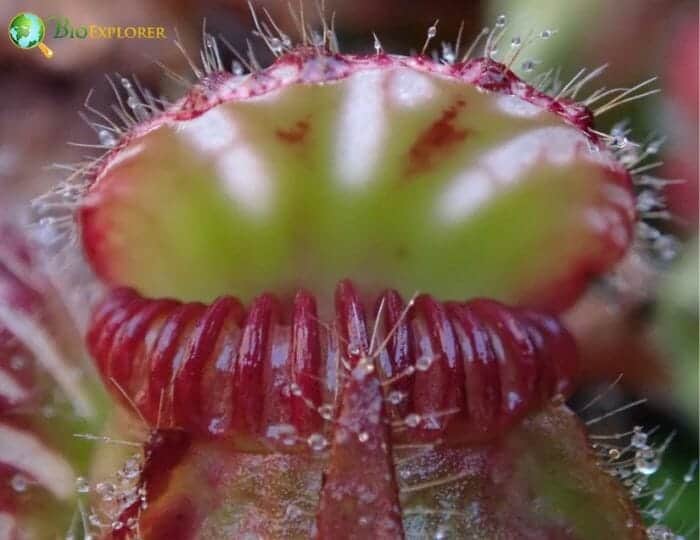
- Huaceae, with 2 genera and 3 species, are found in Tropical Africa. Connaraceae family, with 12 genera and 180 species, are tropical and pantropical in distribution.
- Family Oxalidaceae, with 5-6 genera and 560-770 species[2], is distributed worldwide.
- The plants of Brunelliacaea, having only 1 genus and 60 accepted species names[3], are thriving in Central and South America and the Antilles.
- The only species of Cephalotaceae is found in S. W. Australia. The members of Cunoniaceae, having 20 plant genera and 245 species[4], are primarily found in the temperate and tropical Southern hemispheres.
- A few species of Cunoniaceae are found in South Africa and Madagascar.
- The members of the family Elaeocarpaceae (13 genera and 430 species[5]) are generally found in tropical and subtropical regions, except for Africa.

Oxalidales Characteristics
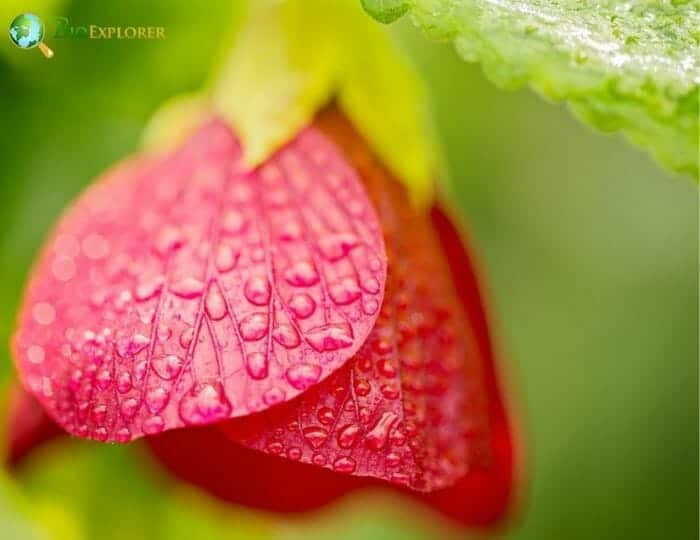
- Plant type: The plants that belong to the order Oxalidales are annuals, perennial herbs, lianas, trees, and shrubs.
- Stem: There is normal or absent secondary lateral growth. Usually, the vessel elements possess simple perforation. In rare cases, vessel elements are scalariform or reticulate. Stems are woody or herbaceous.
- Leaves: The leaves of the Oxalidales plants are compound. The leaves have leaflets with pulvini (thickened bases). The leaves or leaflets close during the night or in bad weather.
- Flowers and inflorescences: The flowers of the Oxalidales are actinomorphic and mostly bisexual. Flowers are terminal or axillary in panicle, thyrsoid, thyrso-paniculate, raceme, dichasial, umbel, or racemose. Other species are solitary axillary.
- Sepals and petals: Most of the flowers of the Oxalidales are characterized by having 5-6 petals and sepals.
- Stamens and carpels: The stamens are commonly 8 to 10. Other flowers have 4 or 5 to more than 300 stamens[6]. The carpels of the Oxalidales plants are usually 5; fused or unfused.
- Ovary and fruit: The ovary is superior. The fruit is a capsule, capsule-like mericarps, drupe, berry, nut, or pyxidium.
- Seeds: Many plants of Oxalidales possess seeds with an attached aril.
Suggested Reading:
25 Most Famous & Dangerous Bug Eating Plants

Oxalidales Flowers and Reproduction

Oxalidaceae flowers are actinomorphic, hypogynous, and bisexual. The calyxWhat is calyx?A collective term for all the sepals of a flower; the lowermost whorl of floral organs (Plural form is calyces). is made up of 5 imbricateWhat is imbricate?overlap or cause to overlap; in botany terms, scales, sepals, or plates having adjacent edges overlapping; with margins of structures overlapping like shingles on a roof. sepals. The corollaWhat is corolla?A collective term referring to the petals of a flower. is composed of 5 convolute or imbricate petals. The five-petaled flowers of the wood sorrel from the genus Oxalis are generally white or yellow.
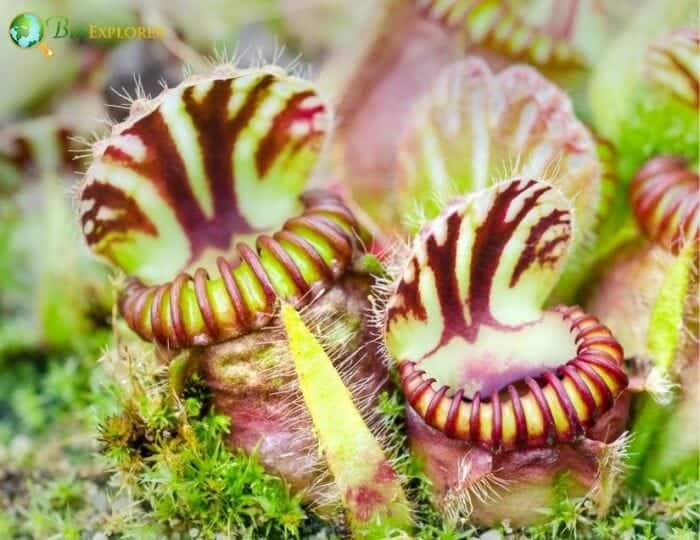
Some species, however, are pink or violet. The flowers are in clusters of 3-16 on long slender stalks[7]. Wood sorrel’s pollination is via insects. However, their structural modification allows self-pollination. asexual reproduction is through the formation of bulbils.
Cunoniaceae flowers are generally bisexual and actinomorphic. The sepals are usually 4-5. The petals in the corolla can sometimes be absent or mostly 4-5. Usually, the inflorescence is cymose. Sometimes, the flowers exist in racemes, panicles, or clustered heads. In rare instances, flowers are solitary. Potential pollinators are insects, birds, bats, and geckos[8].
The flowers of Connaraceae are small and regular. They are in the inflorescence of terminal or axillary panicles or racemes. All the flowers of the Connaraceae are bisexual. The perianth is made up of 2 dissimilar whorls. The calyx segments are fused and are composed of 5 imbricate or valvateWhat is valvate?Sepals having adjacent edges abutting rather than overlapping; opening by valves; edges of structures coming together so that the margins touch but won't overlap. sepals. The corolla is free or fused, consisting of also 5 petals. The corolla of the flowers is cream and bell-shaped. Flowers of Connaraceae undergo pollination via insects.
The only species of Cephalotaceae, the Albany pitcher-plant, has very small and fragrant flowers in an elongate raceme. The stalks of the flowers are long, reaching 24 inches or longer in height.[9] The perianth of the flowers is composed of 6 white or green, valvate, cup-shaped sepaloid segments. The Cephalotus are self-fertile. The flowers lack petals, but the tepals attract insect pollinators.

Oxalidales Family Differences
The following are the comparisons between the families.

Brunelliaceae
- Species of Brunelliaceae are tall trees.
- The stem and the branches of the plants are terete.
- The leaves are usually opposite, rarely whorled (3 per whorl). They are petiolate, compound, and simple (rare). The leaves are stipulate. The lamina margins are entire or dentate.
- The flowers of Brunelliaceae are small and in cymes and panicles. The inflorescences are terminal or axillary.
- The Brunelliaceae flowers are bisexual. A few species are unisexual.
- The perianth of the flowers is sepaline. Flowers usually have 5 sepals.
- The stamens of the flowers are 8-10; alternisepalous. The carpels are 4-5; united.
- The Brunelliaceae ovary is superior, and the fruit is pericarpium; multiple.
- The seeds are copiously endospermic. The aril is present, an aril-like structure.

Cephalotaceae
- Members of the Cephalotaceae are perennial, terrestrial, and carnivorous herbs.
- The leaves of the species are alternate and spiral. Most leaves are basal and petiolate and lack stipules. The leaf lamina is simple, elliptic, and symmetric.
- The flowers of Cephalotaceae are small and fragrant. The inflorescences are in an elongate raceme.
- All the Cephalotaceae flowers of the Cephalotaceae plants are bisexual.
- The perianth of the Cephalotaceae is in sepaline. They are in 1 whorl of 6 sepaloid segments.
- There are 12 fertile stamens. They are found opposite and alternating with the sepaloid segments. In addition, there are 6 free or fused (at the base only) carpels.
- The Cephalotaceae ovary of the members is superior, and the fruit is a dry, dehiscent follicle.
- There is only 1 small seed per fruit; no aril.

Connaraceae
- Species that belong to Connaraceae are twining shrubs or scramblers.
- The stems of the Connaraceae are twining or climbing.
- Members of Connaraceae possess alternate, spiral, and petiolate leaves. There are no stipules and stipellae.
- All the flowers of Connaraceae are bisexual, regular, and small. Their inflorescences are panicles or racemes, axillary or terminal.
- Connaraceae flowers have 5 sepals and 5 petals.
- There are usually 10 stamens and 1-5 free carpels.
- The Connaraceae ovary is superior, and the fruit is a follicle.
- There are 1-2 seeds per fruit. Aril is present.

Cunoniaceae
- The species under Cunoniaceae are trees and shrubs.
- The leaves of the plants are opposite or whorled. They are simple or compound. The leaf margins are entire or toothed. Most species have conspicuous stipules.
- The Cunoniaceae flowers are small and are usually bisexual. The flowers are solitary or in cymes, racemes, or heads.
- Most of the flowers have 4-5 sepals and petals. Some species are sepaline.
- The stamens are variable. They can be isomerous with the perianth. Other species are diplostemonous or polystemonous. The carpels are usually 2.
- The Cunoniaceae ovary is usually superior. However, a few species have a partly-inferior ovary. The fruit of the Cunonoaceae plants is a capsule or follicle.
- There are several small seeds per fruit.

Elaeocarpaceae
- The species of Elaeocarpaceae are trees or shrubs.
- The leaves of the plants are usually alternate. Some species have opposite or whorled. Commonly, the leaves are clustered at the branches’ ends. In a few instances, the leaves are reduced to scales. The leaf margins are typically toothed and rarely entire. The stipules are present but small.
- The Elaeocarpaceae flowers are actinomorphic and bisexual. These flowers are in the inflorescences of the axillary raceme, panicle, or cyme, or the flowers are solitary.
- The Elaeocarpaceae flowers typically have 4-5 sepals and petals.
- The number of stamens in Elaeocarpaceae is twice that of petals or numerous. Therefore, the carpels of the flowers are 2 – many.
- The Elaeocarpaceae ovary is superior, and the fruit is a drupe or berry.
- The seed is embedded in the endocarp tissue. The aril is present or absent.

Oxalidaceae
- Members of Oxalidaceae are herbs, shrubs, and trees.
- The stems of the plants commonly have lenticels.
- The leaves of most Oxalidaceae plants are alternate and pinnately or palmately compound. In rare cases, the Oxalidaceae leaves are simple (suppression of leaflets). The leaves do not have stipules.
- Oxalidaceae flowers are actinomorphic and bisexual. The inflorescence is a cyme.
- Oxalidaceae flowers have 5 sepals and 5 petals.
- The stamens (5+5[10] ) are of two series; the outer series is found opposite the petals. The carpels are also 5.
- The Oxalidaceae ovary is superior. The fruit of the Oxalidaceae is a capsule or berry.
- They have endospermousWhat is endospermous?An embryonic nutritive tissue formed during double fertilization by the fusion of a sperm with the polar nuclei. seeds, mostly arillate.

Huaceae
- Members of the Huaceae family are shrubs, lianas, or herbs.
- The leaves of the plants are simple, alternate, aromatic, and petiolate (short). The lamina is entire. The stipules are present.
- The Huaceae flowers are small and bisexual. The flowers are axillary solitary or aggregated in fascicles.
- The calyx and corolla are distinct in the perianth. The sepals are 4-5, and the petals are 3-5.
- The stamens are 8-10; isomerous with the perianth. The carpels are 5.
- The Huaceae ovary is superior, and the fruit is a capsule.
- The seeds are large with a well-differentiated embryo.

Oxalidales Example Species
Many species of Oxalidales are beneficial. The following are examples of species of Oxalidales.
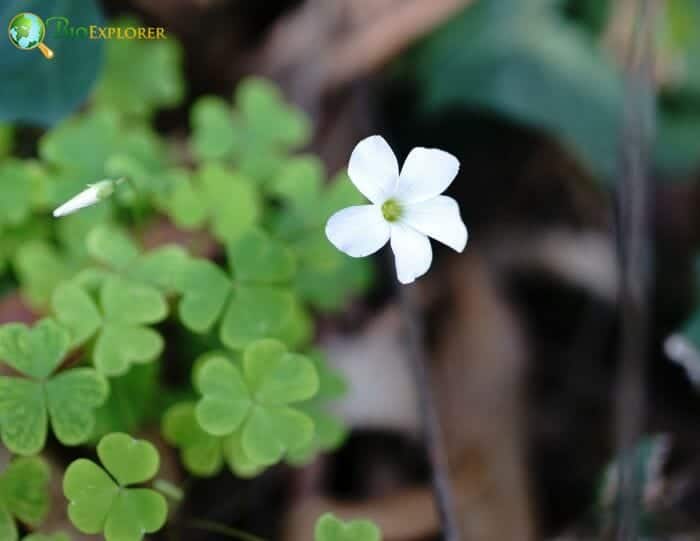
- West Indian sumac – The West Indian sumac is traditional medicine. Its wood is used for fuel.
- Albany pitcher plant – This plant is used for landscaping.
- Cnestis ferruginea – This species is widely used in traditional medicine in Africa. The red dye from the bark is used for cloth dyeing.
- Coachwood – The tree’s timber is used for coach building, decorative work, flooring, furniture, boat masts, and construction.
- New South Wales Christmas bush – This plant has ornamental and landscaping value.
- Chilean wineberry – The purple-black berries are edible. The fruits have high antioxidant capacity and are also used in traditional medicine.
- Chilean lantern tree – The Chilean lantern tree is one of the best-known ornamental plants in Chile. The plant is toxic but possesses medicinal uses.
- Bush onion[11] – The bush onion has leaves and barks with medicinal potential.
- Tree sorrel – The fruits are edible and used as an acidic flavor to food. The fruit and leaves are beverage bases. This plant is also a source of medicine/pharmaceuticals commonly used in traditional medicine.
- False shamrock – The leaves of the False shamrock are edible. It can be eaten raw or cooked. These leaves have significant health benefits. Also, the False shamrock has antimicrobial properties and is effective against a wide range of bacteria.



